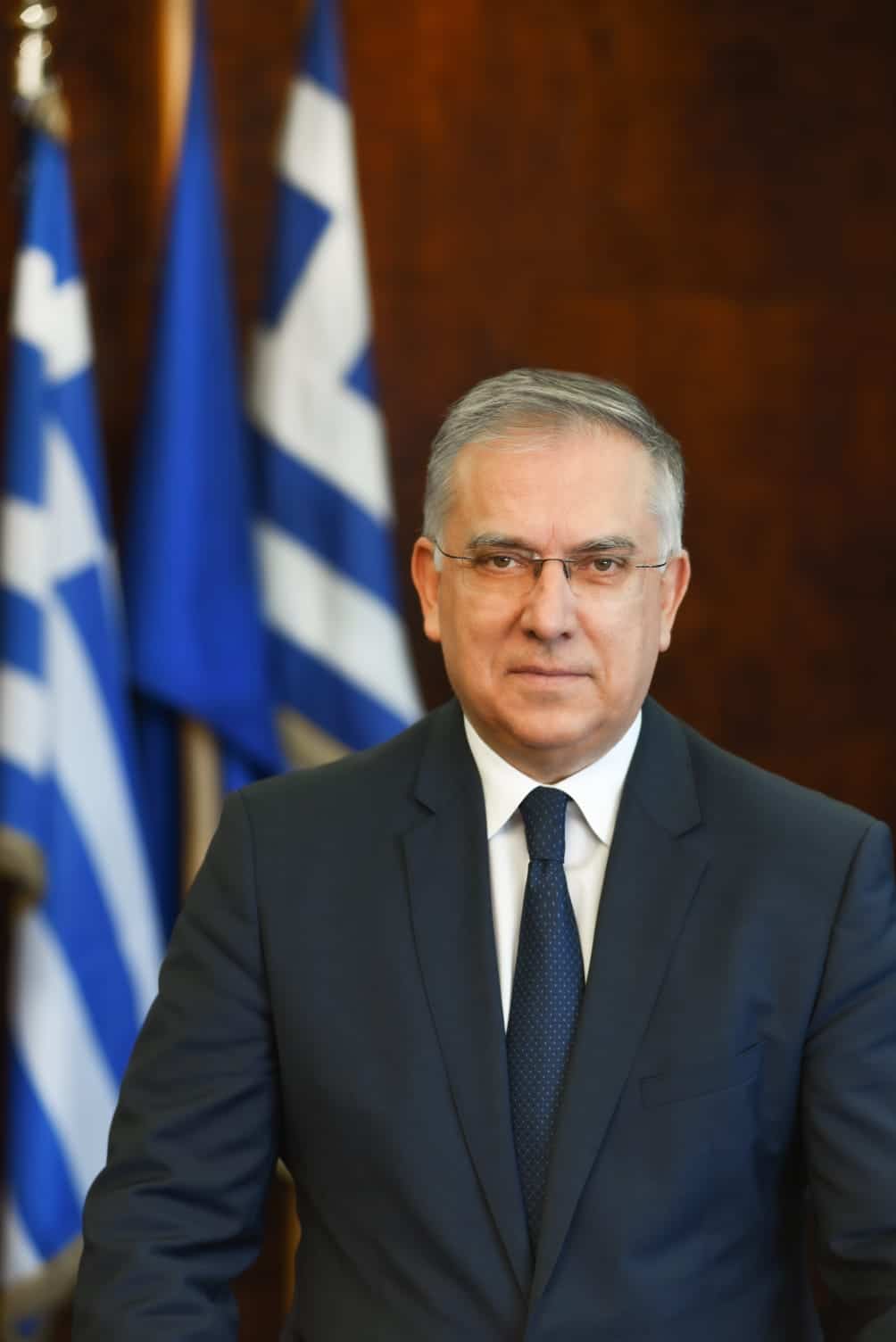1)Which homes are considered eligible and can be included in the program
In order to have the right to include a residence in the program, it must:
A) It exists legally, i.e. with a legal permit or arrangement
B) That it has not been deemed to be demolished
C) That it is actually used as a main residence, either by the owner, either by its tenant, or by free concession. The reference year for this condition is the year 2021 and after 2020 and 2019.
D) Based on the A΄PEA (energy efficiency certificate) to be in energy Category C and below.
2) Who are the potential beneficiaries of the program
In order for a potential beneficiary to apply for membership for the Renovation phase, he/she must also participate in the Save program.
Potential beneficiaries for the Save part of the program
They are all those who have a right in rem (full ownership/ usufructuary/ small ownership ) in an eligible residence. In the event that the main use of the residence concerns another person, in order for the potential beneficiary to have the right to participate in the program, he must have a real right of full ownership or usufruct (not a small ownership). If the residence has been acquired after 31/12/2021 (recent acquisition) then a written commitment for its main use will be requested.
In addition, the potential beneficiary will must meet the income criteria listed in table 2.2.1 of the Guide to the program.
Potential beneficiaries for the Renovate part of the program
Apart from the age criterion, all the following apply cumulatively
A) Individual or Family annual income up to €20,000 (table 2.2.1. of the Program Guide)
B) Rem right of full ownership/usufruct at a rate of at least 50%.
C) Total value of the real estate, as it results from the last issued ENFIA tax determination act of the year 2022 (with the exception of the recent acquisition of real estate), of all family members of the applicant equal to or less than €300,000
D) Use of the residence by the applicant (ownership) and
E)Participation in the “Saving” leg
3)Subsidy rate
For the Save part
For owner-occupied homes:The percentage of the grant depends on the income criteria of the beneficiary for the year 2021 and is indicated in Table 2.2.2 of the Guide. The grant rate ranges from 45%-75%.
For leased or freehold main residences: The grant rate ranges from 40% -65% (table 2.2.2 of the Guide).
For the Renew leg
The subsidy rate is fixed and is 30%. The rest of the money not covered by the grant can come from equity or a bank loan.
4)Energy requirements of the program
After the issuance of the 1st Energy Performance Certificate (PEA) which will be accompanied by an intervention proposal form, an increase of 3 energy categories for eligible housing applications (and mandatory at least B Category when it comes to radical renovation) so as to ensure primary energy savings of more than 30%.
5)Eligible interventions
For the section of Execonomou
They are interventions in frames/shading/ventilation systems, thermal insulation, heating/cooling systems, DHW systems and other interventions and are described in Table 4.4 .1 of the Guide.
For the Renovate part
These are renovation works that are not covered by the Saving section, such as renovating the bathroom, sanitary ware, kitchen, the supply and installation of energy-efficient electrical appliances, etc.
6)Eligible intervention budget
For the section of the Save
The maximum eligible intervention budget per Beneficiary application cannot exceed:
A) the product of €1.10 on the total estimated annual primary energy savings (kWh) as derived from the Α΄ Energy Performance Certificate (the limitation in question will be re-checked during submission of the 2nd Energy Performance Certificate, based on the achieved annual savings of primary energy kWh),
B) The product of €220 on the surface of main spaces (such as this results from form E9).
C) the €22,500
D) In the above prices include the VAT of materials and works (24%).
For the Renovation part
A) The maximum eligible intervention budget per Beneficiary application cannot exceed €10,000 (see table 4.1.2 of the Guide)
B) The above prices include VAT on materials and work (24%).
7) Eligible Other Expenses Budget
The above budget for the Execonomos section includes the fees of the Engineers for the issuance of the two Energy Certificates, for the possible issuance of permits for the implementation of the interventions, for the compilation of the electronic identity of the building/independent divided property which is mandatory for the in principle eligible applications in the program and the fee of the Project Consultant.
The program subsidizes 100% of the cost provided that the application falls under it. The eligible fees are defined in detail in article 4.2 of the Guide (table 4.2.1). The amounts include VAT.
8)Electronic application submission – Deadlines
Funding applications are only submitted electronically by the candidates and necessarily through the information system of the Program’s official web portal. The possibility of submitting applications electronically has a start date of 5/18/2023 and an end date of 9/15/2023.
9)Criteria and quota for the prioritization and formation of the ranking order of applications.
Several evaluation criteria will be taken into account with weighting factors such as the opened energy saving cost (weighting factor 50%), the degree days (weighting factor 7%), the existing energy category (weighting factor 5%), the age of the residence (weighting factor 3%), income (weighting factor 14%) and various social criteria such as disabled, large children, single-parent families with a weighting factor of 7% each.
The criteria are described in table 5.6.1 of the Guide.
10)Project implementation deadline
Twelve months from the affiliation decision with the right to a three-month extension after examining a reasoned request.
11)General remarks
1) In E1, E2 and E9 of the potentially beneficial owners it should be written correctly the electricity supply number of the residence.
2) The program does not include residences intended for short-term rental.
Read the entire Program Guide






